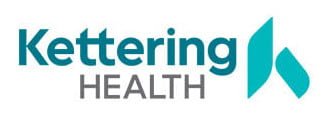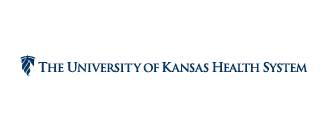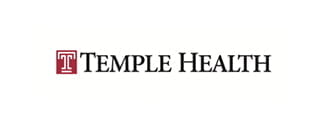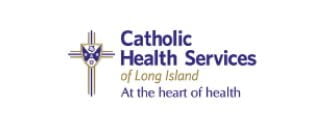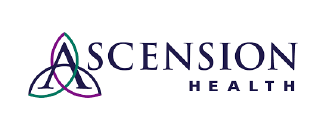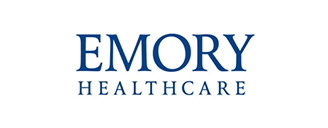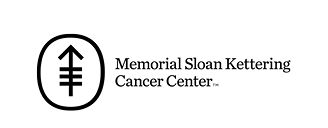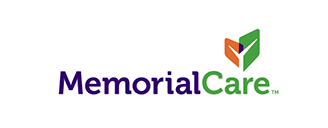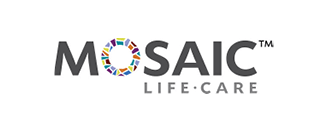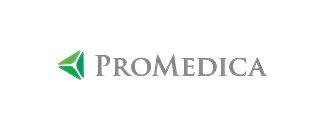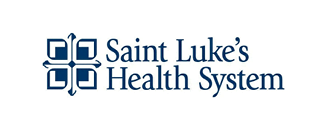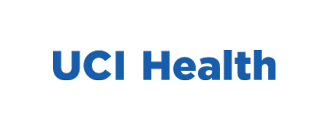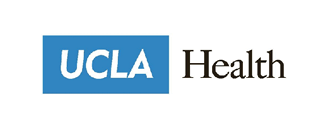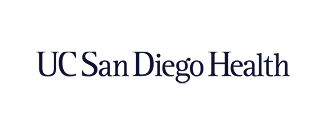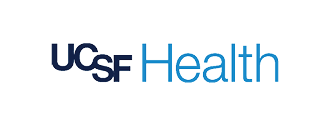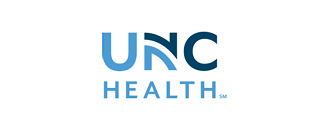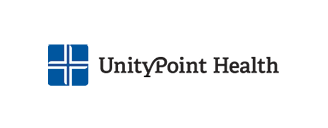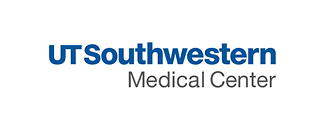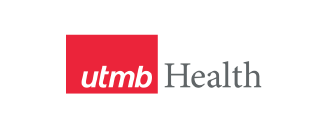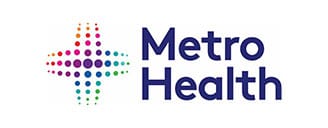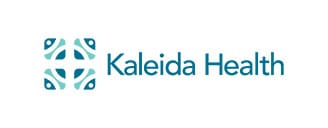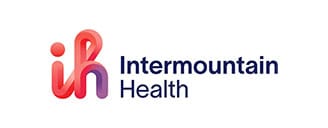Introduction
As patient care and medication management grow more complex each year, drug classifications are continually evolving in tandem as well. One such category that’s gained attention recently is specialty lite medications.
In this week’s article, we break down exactly what specialty lite means by defining its key characteristics. Next, we explore how this category fits into the broader landscape of pharmaceuticals and healthcare.
What is specialty lite?
The term “specialty lite” refers to a unique class of medications that fall between traditional retail drugs and specialty drugs. These medications are higher-cost and usually require special handling or administration. However, specialty lite medications typically don’t demand the intensive management that specialty drugs typically require.
As a result, primary care physicians can prescribe specialty lite drugs as well as specialists. Additionally, they are often dispensed at retail pharmacies rather than at specialty pharmacies, although they are usually the most intensive and expensive medications dispensed at retail pharmacies.
Key characteristics of specialty lite medications
- Higher costs: Specialty lite drugs are generally more expensive than standard retail drugs. Specialty lite medications typically cost between $5,000-$15,000 annually with a wholesale acquisition cost of between $500 and $1,500. While still costly, specialty lite drugs are not as expensive as traditional specialty medications, which cost on average $84,000 annually.
- Less intensive handling requirements: While specialty lite drugs may require some degree of special handling—such as refrigeration or specific storage conditions—they are not as demanding as traditional specialty drugs. As such, retail pharmacies can distribute specialty lite medications with their existing infrastructure.
- Targeted use: Specialty lite drugs are often prescribed for chronic or complex conditions that require more targeted treatment beyond a standard approach. For example, certain migraine medications, GLP-1s for diabetes and weight loss, and second-generation antipsychotics fall under the specialty lite category. These medications usually don’t require the same level of monitoring or side-effect management as specialty drugs, making them a more manageable option for both patients and healthcare providers.

The role of specialty lite in healthcare
The introduction of specialty lite is in part a strategic effort to bridge the gap between standard and specialty drugs.
To illustrate, healthcare costs continue to rise, particularly for patients with chronic or complex conditions. As such, there’s a growing need for medication options to target these conditions without the financial and logistical challenges associated with specialty drugs.
The benefits of specialty lite medications
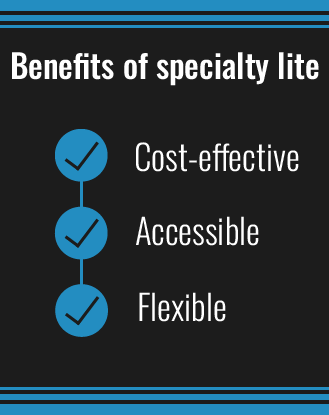
- Cost-effectiveness: Specialty lite drugs can be a more economical solution for both patients and insurers. Specialty lite medications are advanced treatment options without the higher price tags of traditional specialty medications. This middle ground helps ensure patients receive the care they need while reducing their cost burden.
- Better accessibility and outcomes: With less intensive handling requirements, specialty lite medications are more accessible to non-specialist healthcare providers, retail pharmacies, and therefore patients. This can help improve patient adherence to the proper therapy regime and improve their health outcomes.
Treatment flexibility: Specialty lite drugs are additional tools in healthcare providers’ toolkits when it comes to developing treatment plans. With more treatment options available, clinicians can provide more personalized care and prescribe medications that best fit patients’ needs without the constraints of specialty drug management.
Conclusion
As the specialty market evolves, the specialty lite category has emerged as a promising means to expand healthcare access and affordability. The middle ground between standard and specialty drugs, specialty lite unlocks access to advanced treatments that are more accessible, flexible, and cost-effective.
With growing awareness of the specialty lite category, more healthcare systems and providers can embrace specialty lite medications as a valuable tool in the ongoing effort to improve patient outcomes while managing healthcare costs.
About VPL Rx
VPL Rx is a clinically minded shipping, tracking, and compliance solution designed to modernize pharmacy distribution and promote healthier patients. Our quicker shipping workflow delivers prescriptions safely with real-time tracking, delivery alerts, and last-mile intervention. Exportable performance reporting and data analytics help pharmacies optimize costs and maintain compliance and accreditation.
